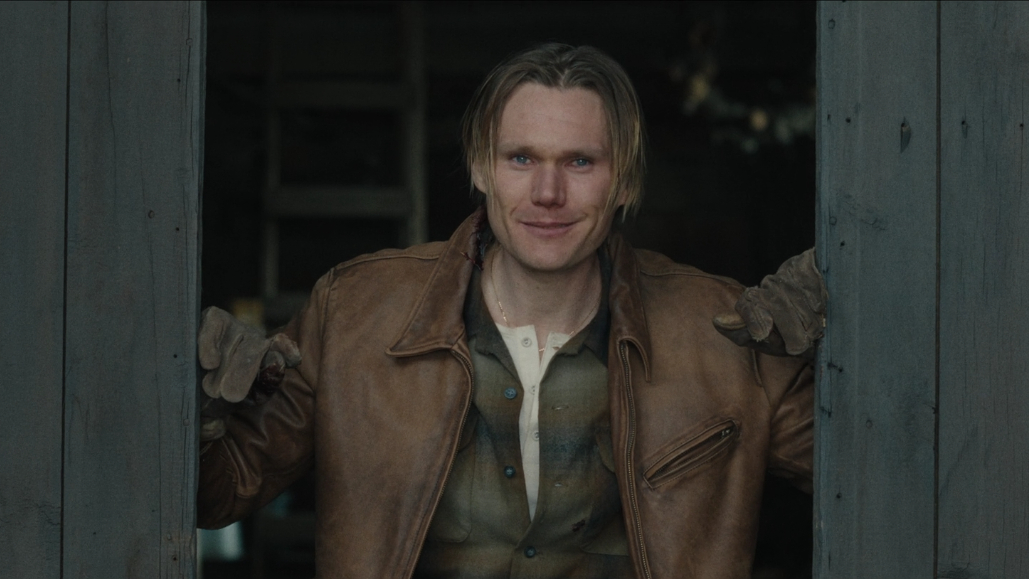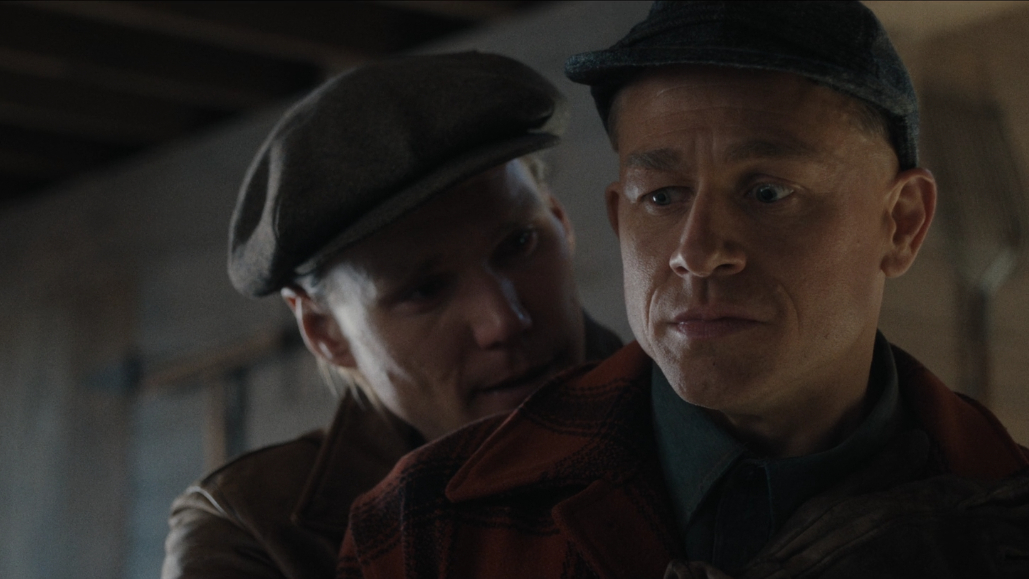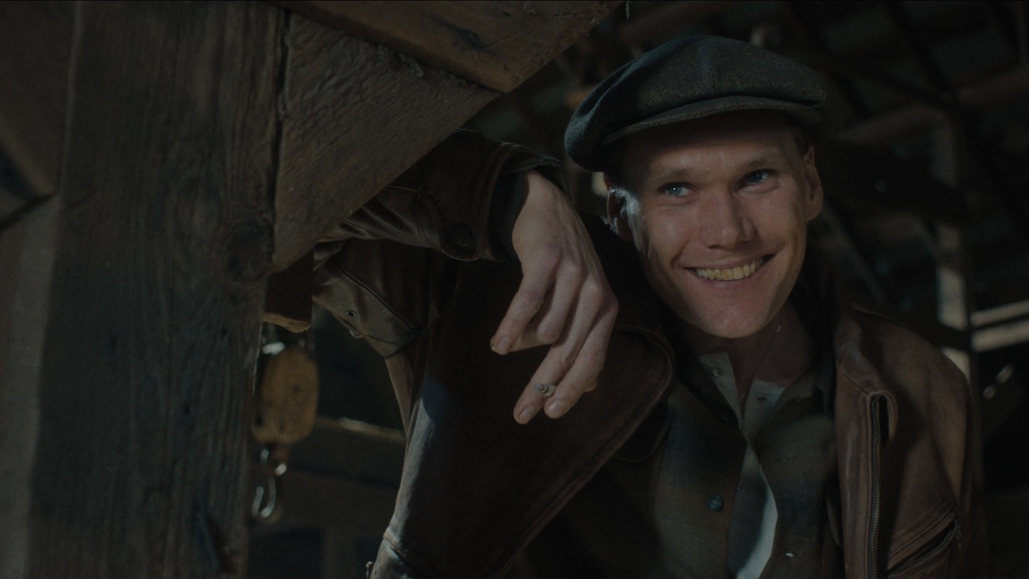As a limited true crime drama series living up to its title, Netflix’s ‘Monster: The Ed Gein Story’ delves deep into the tale of a serial killer we can only describe as ominously haunting. That’s because Edward “Ed” Gein, also known as the Mad Butcher, Butcher of Plainfield, or Plainfield Ghoul, was not only a heinous killer but also a body snatcher with depraved desires. He ultimately confessed to killing two local women and exhuming the bodies of nine more from nearby cemeteries, yet many believe his first-ever victim was none other than his brother.
Henry Gein Was Found Dead on the Family Property
Born on January 17, 1901, in the small yet wondrous La Crosse County, Wisconsin, Henry George Gein was the elder of Augusta Wilhelmine Gein and George Philip Gein’s two sons. He was followed by Edward “Ed” Theodore Gein on August 27, 1906, just for them to grow up in a fervently religious, matriarchal household with barely any means to make ends meet. According to reports, their father worked various odd jobs over the years, but nothing really stuck until he sold his grocery store business to buy and live on a farm in Plainfield, Wisconsin.

As per reports, while George was an alcoholic and ineffectual father, Augusta never shied away from expressing her resentment of him or her beliefs about women being instruments of the devil. In fact, she was the person in charge at home and even held daily bible study sessions to instill the fear of god into both her sons, so their only time away from such thinking was at school. It was there that Henry’s world reportedly opened up, driving him to continue down the path as an adult and making him openly question as well as criticize his mother’s fundamentalist thinking.
Therefore, when George died in 1940, he further distanced himself from the family dynamic, and it culminated in his dating a divorced mother of two, with whom he soon planned to live. Augusta deemed this entire situation unforgivable, but at the age of 43 in 1944, the only thing Henry was truly worried about was his younger brother’s rather obsessive attachment to their mother. Thus, according to reports, he often spoke to Ed about their mother not being the saint he believed her to be and urged him to spend more time away from their farm, which was never well received.
Everything then suddenly turned upside down, as the alleged decision to burn away marsh vegetation on their property on May 16, 1944, went haywire with the fire getting out of control. It was Ed who raised the alarms about his elder brother being missing a short while later, but it was already too late by the time officials found him lying face down on the ground near the fire. He had allegedly been dead for a while because rigor mortis had set in, following which his autopsy confirmed minimal burns, with his cause of death being asphyxiation leading to a heart attack. He reportedly had signs of a head injury, too, yet no foul play was suspected, meaning his death was never investigated.
Henry Gein’s Death Has Officially Always Been Deemed an Accidental Death
Henry’s manner of demise on his official autopsy report has been “accidental death” from the very first day, and there has never been any concrete evidence to refute the same. However, many suspect Ed killed his brother in a fit of rage following one of their conversations about their mother, especially because of the alleged inconsistent injuries across his body. Yet, it’s imperative to note that while the aforementioned show also boldly depicted this narrative, Ed never explicitly indicated he had any involvement in the matter. In fact, even the evidence recovered from the farm after his ultimate 1957 arrest also suggested that his victims – for grave robbery or for murder – had only been women.

Whether or not Ed had a hand in Henry’s tragic demise, one thing that has been widely reported with certainty is that the incident heavily impacted who the former became. That’s because Augusta suffered a paralyzing stroke shortly after her elder son’s 1944 death, resulting in her younger son taking care of her with utmost devotion. In other words, with no one left to serve as a direct or indirect barrier between the mother-son duo by speaking to Ed about their alleged toxic bond, they grew even closer. According to records, he actually became obsessed, so after Augusta’s demise following a second stroke in 1945, he went on an unimaginable crime spree just to feel closer to her.
Ed reportedly confessed to investigators that his complicated connection with his mother is what made him want to become more like a woman, which is why he cross-dressed. He even asserted that he visited Augusta’s grave repeatedly after her death, and that’s when he got the idea to dig up fresh corpses of women similar to his mother to help him feel closer to her. He allegedly even indicated that this is the sole reason he wore their skin in various ways and why he also killed a local hardware store owner named Bernice Worden – they all reminded her of Augusta. Therefore, while it’s unclear if Henry was Ed’s first victim or not, his untimely death does make many wonder who the serial killer could have been if he had his brother in his ear, questioning his bond with Augusta, for years to come.
Read More: Victor Travis and Raymond Burgess: Did Ed Gein Kill Them?


